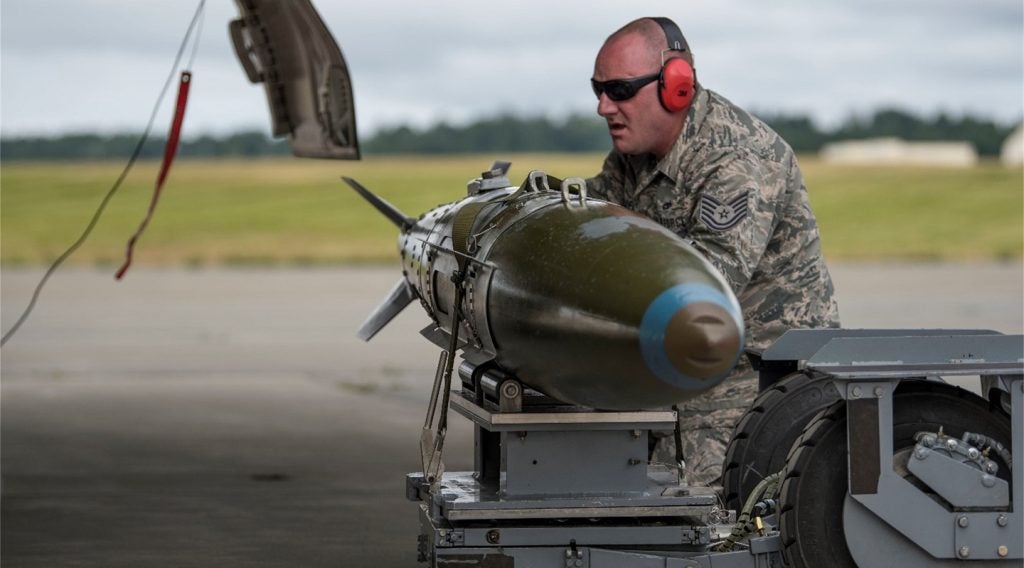Hughes Network Systems and Alliant Techsystems (ATK) have revealed a net-centric approach of communicating critical low earth orbit (LEO) satellite sensor data to the ground for the US Air Force Space and Missile Systems Center.
As part of demonstrations, both of the companies have shown how sensor data from LEO satellites could be transmitted over commercial Geosynchronous Earth Orbit (GEO) satellites.
In addition to this, the companies also revealed cloud-based processing of data products and distribution on handheld devices using an information architecture hardened with cyber-security measures and security operations.
Hughes Defense and Intelligence Systems Division vice-president and general manager Rick Lober said that LEO satellites play a crucial role in data collection for everything from weather data to aerial imagery.
Lober said, "Currently, these satellites relay their data to ground stations in the Polar Regions, introducing a delay.
"However, we can reduce this delay and also support operational cost reductions by transmitting this data to commercial GEO satellites."
How well do you really know your competitors?
Access the most comprehensive Company Profiles on the market, powered by GlobalData. Save hours of research. Gain competitive edge.

Thank you!
Your download email will arrive shortly
Not ready to buy yet? Download a free sample
We are confident about the unique quality of our Company Profiles. However, we want you to make the most beneficial decision for your business, so we offer a free sample that you can download by submitting the below form
By GlobalDataApart from satellite communications equipment, the net-centric approach depends on a suite of technologies, including network management systems, cyber security measures, enterprise services, gateway facilities and ground connectivity for secure cloud processing.
ATK Space Systems division strategy and business development vice-president Jim Armor said that net-centric information architecture will not only save time introducing new LEO sensor capabilities, it will also save money.
"By utilising net-centric capabilities from commercial satellites, government agencies can allocate more resources to sensor technology development and deployment," Armor said.








